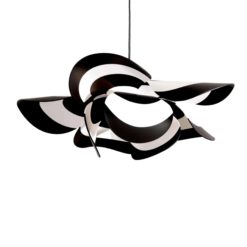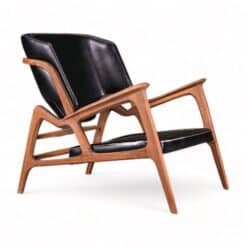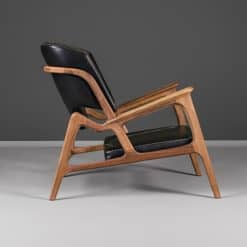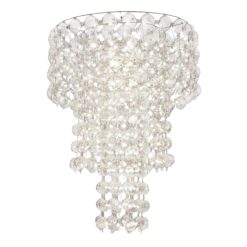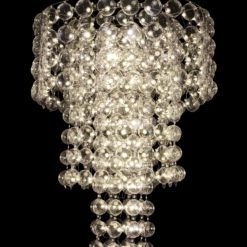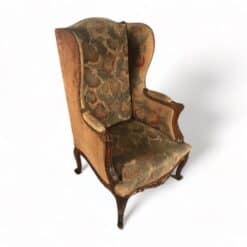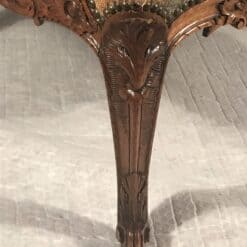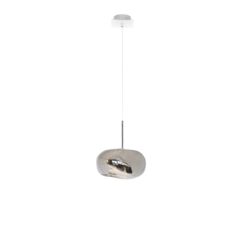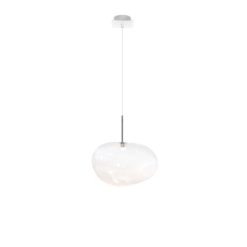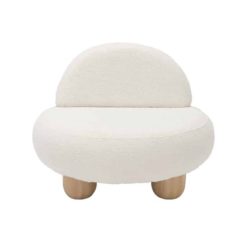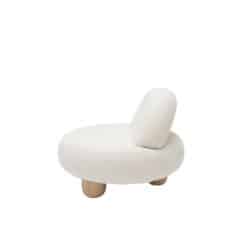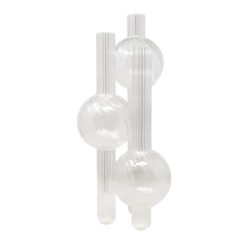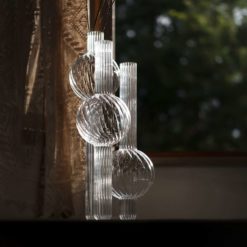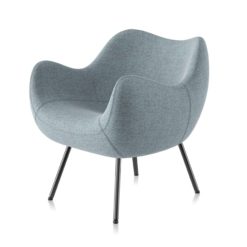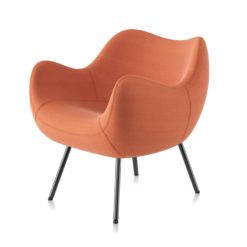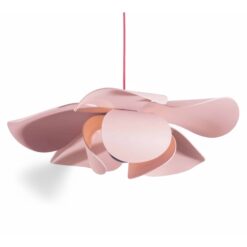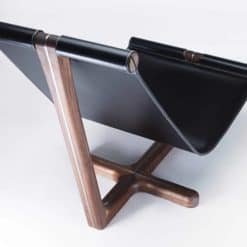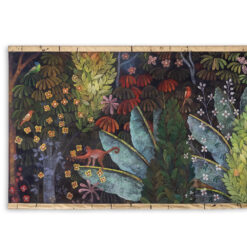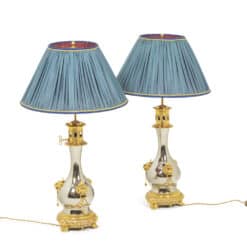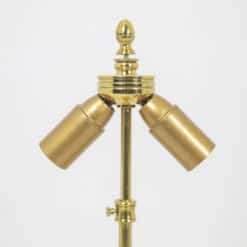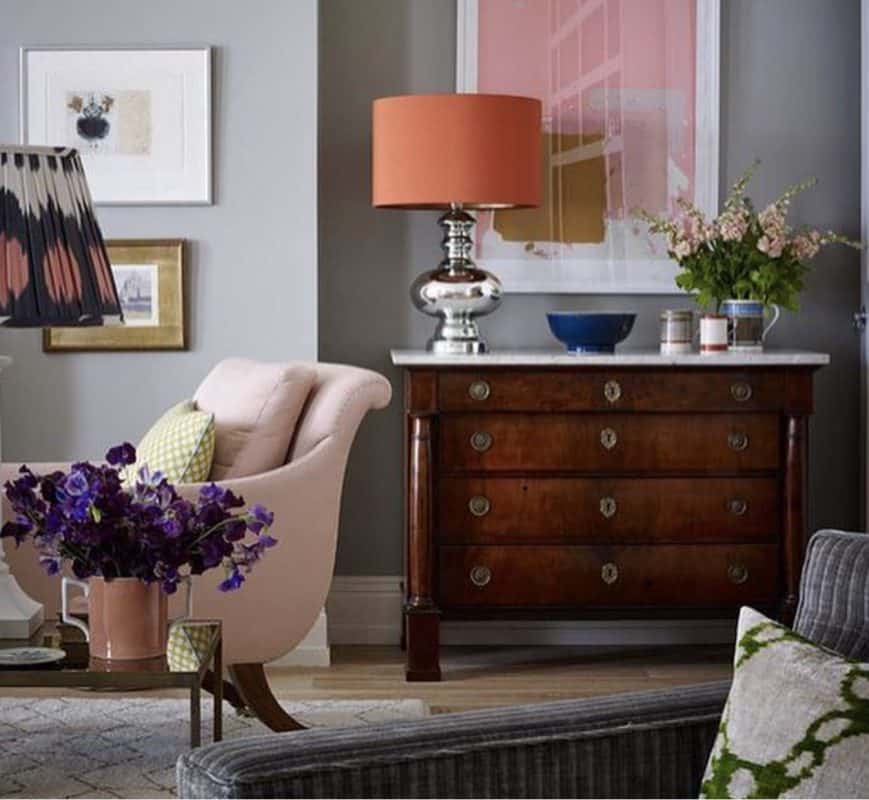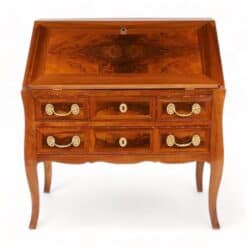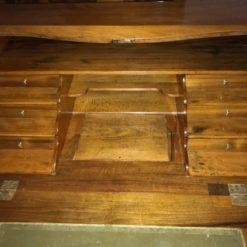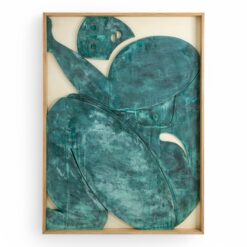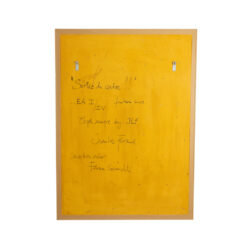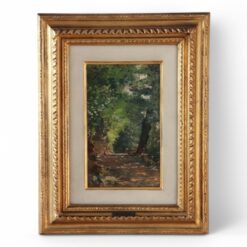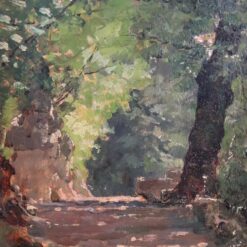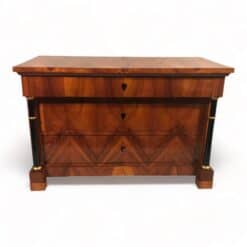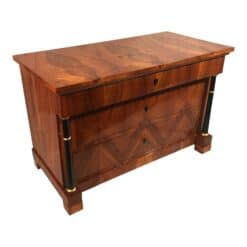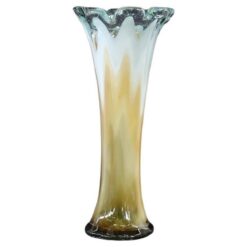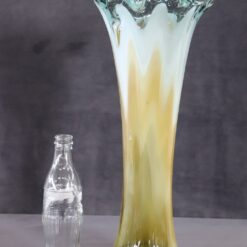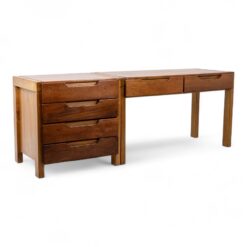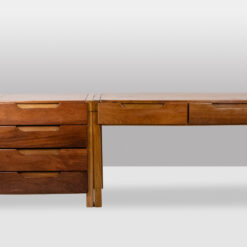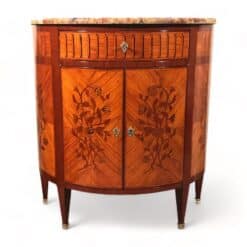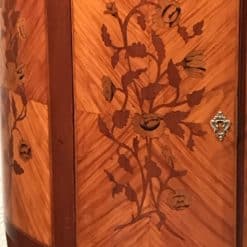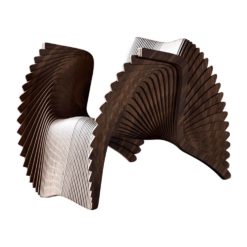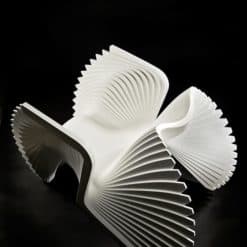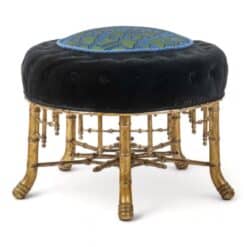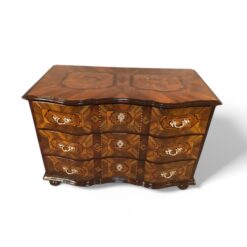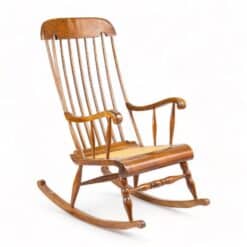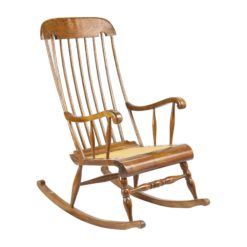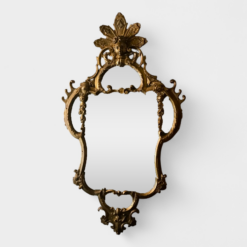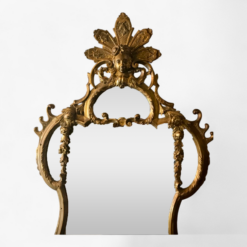Best Sellers
Furniture, Styylish History
The History of Antique Dressers: From Chest to Masterpiece
There are perhaps no objects as versatile and appealing as antique dressers. With heaps of storage and a flat surface, they can fit seamlessly into any room – and elevate it with history and style.
In last week’s blog, we covered the history of the armoire and it’s distinction to the wardrobe. We explored the historical origins of that particular system of storage: as with most artisan antiques, royals had a lot to do with it.
If you are interested in secretary desks, and the history of antique desks in general, be sure to check out those blog posts as well. In them, we explain various 18th and 19th century design periods in detail. For a closer look at Biedermeier furniture or the Baroque period, look no further than our posts on those topics.
Let us now engage with the rich history of antique dressers and chest of drawers.
Before the Drawer: Chests and Coffers
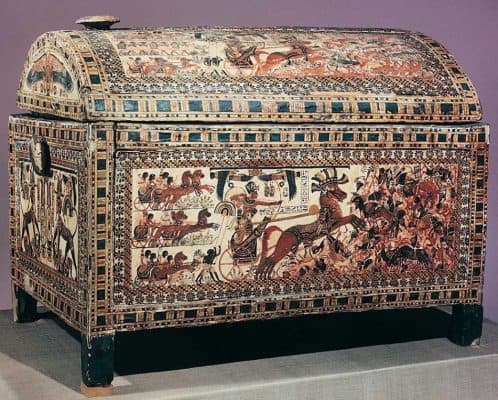
Chests first emerged in Ancient Egypt, built from reeds and light wood to store linen and parchment. They remained storage units in various classical cultures. Not until later, in the Early Middle Ages of Europe, did they gain widespread use.
Chests were used as storage, seating, and writing surfaces. The first true nobles of the Middle Ages began refining them and kept their personal, ornately decorated chests. These larger coffers are the decorative forebears of antique dressers.
Chests became important parts of naval storage – a captain would almost always have a captain’s chest in various cultures, including the Arab world. And on land, chests embodied the same power and prestige as the captaincy on water.
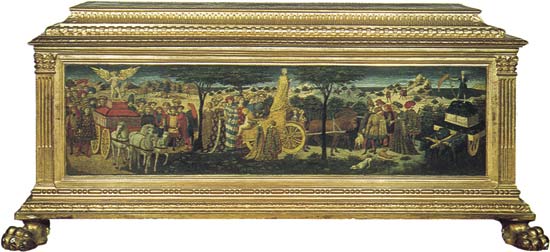
The Italian cassone is the first example of a wedding chest, developing in the late Middle Ages. It would contain a bride’s dowry upon her marriage. With her chest traveled the wealth, power, and prestige of the bride’s family.
Chest of Drawers
The dresser as we know it in the United States is often referred to as a chest of drawers in Britain. The antique dressers in our collection are more likely to resemble a chest of drawers to our customers abroad. And the term chest of drawers is actually useful, historically, to trace the development of the form.
As a natural successor to the simple storage chest or coffer, a chest of drawers, or dresser, could hold a similar number of items, but with greater access and organization. The first chests of drawers emerged at the end of the 17th century in Britain and would come to have a major impact of the world of furniture.
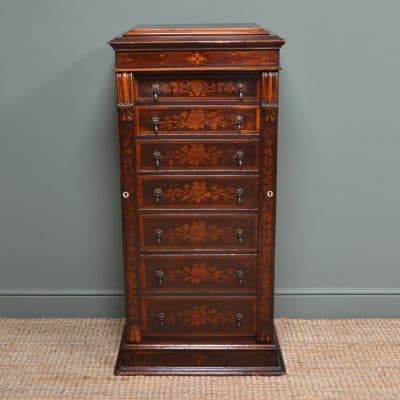
As you may recall from our blog post on campaign furniture earlier this year, chests of drawers came to represent practicality and class on the road. The Wellington Chest, for instance, is a perfect example of a literal chest of drawers. It combines the portability of a coffer with the features of drawers.
Note the distinction between the chest of drawers and the dresser in the British sense to identify all the furniture possibilities awaiting your interiors.
British Dressers: The Medieval Dressoir
Antique dressers in the British sense were larger pieces of furniture with open shelves used to display tableware. Those dressers evolved in the Tudor era of the 16th century. They were more elaborate alternatives to simple display cases.
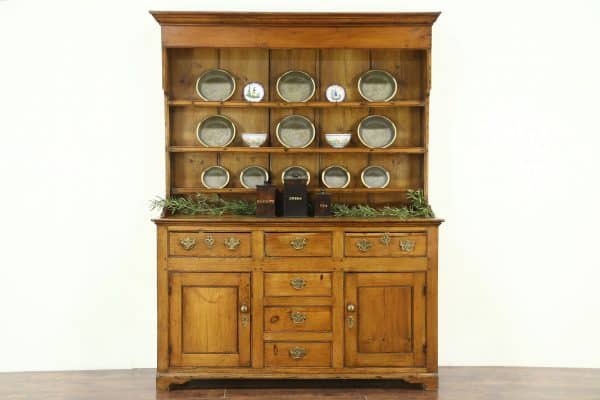
Dressers in that tradition evolved from the medieval dressoir, often the centerpiece of a lofty, high-class hall. Frequently gilded and heavily decorative, it would have held the finest silver and most expensive spices. It, too, was distinctly associated with food and dining rooms.
Size was so important to the medieval dresser that it stood in direct correlation with the status of the owner. In medieval France, where the dressoir originated, the higher the dresser, the more powerful the owner of the house. You would have needed a ladder to access the upper shelves of the dressoirs of powerful aristocrats.
Our Antique Dressers
The Styylish shop is stickful of antique dressers of various styles. By browsing our catalogue, we hope you can gain a sense of the infinite possibilities that await you as you find the perfect piece to elevate your space.
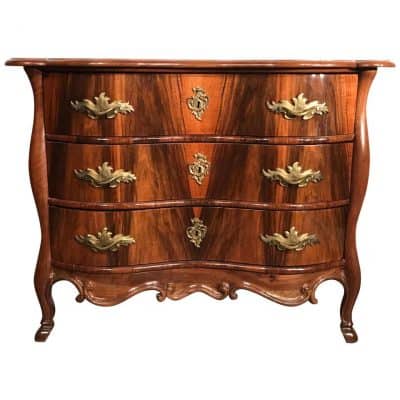
This Baroque dresser from Switzerland, for instance is elegant, refined and full of storage space. It’s light wood and gold ornamentation make it a fitting sidepiece in your dining or living room, or even in your foyer.
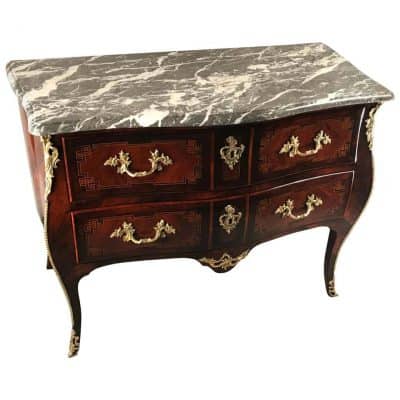
This breathtaking Louis XV dresser takes the decorative features of Baroque style and develops them even further. The caked marble top is sure to catch the eye; as are the lavish handles and gorgeously curved feet.
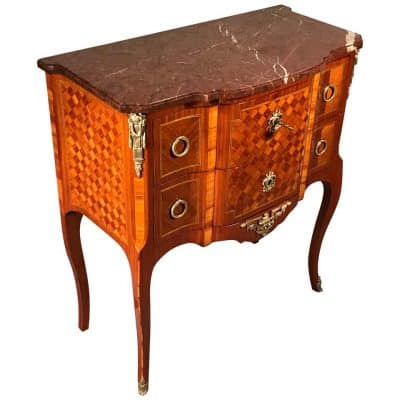
This striking Louis XVI dresser features an astounding checkerboard wood pattern. With its petite size and refined décor, it can add a dash of class to any interior, without quite the same decorative excess of the previous Rococo period.
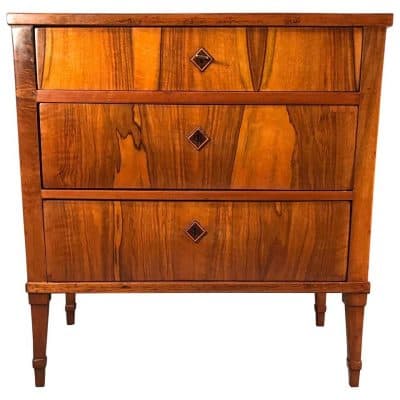
And for a touch of rustic, but elevated, simplicity, this Biedermeier dresser embodies the qualities we most love about the period: clean lines, gorgeous woodwork, and great decorative flexibility with your other interior pieces.
Antique Dressers: Pieces for any Room
We have come a long way from the age of chests and coffers. Though we could decorate our spaces with ornate lockboxes from the days of yore, we always prefer combining history and style with real practical applications. A dresser is the perfect example of a work of art that can become part of your home life.
More awaits you in our collection of unique pieces. Be sure to browse our site for more exquisite examples and find the right dresser for your home!

